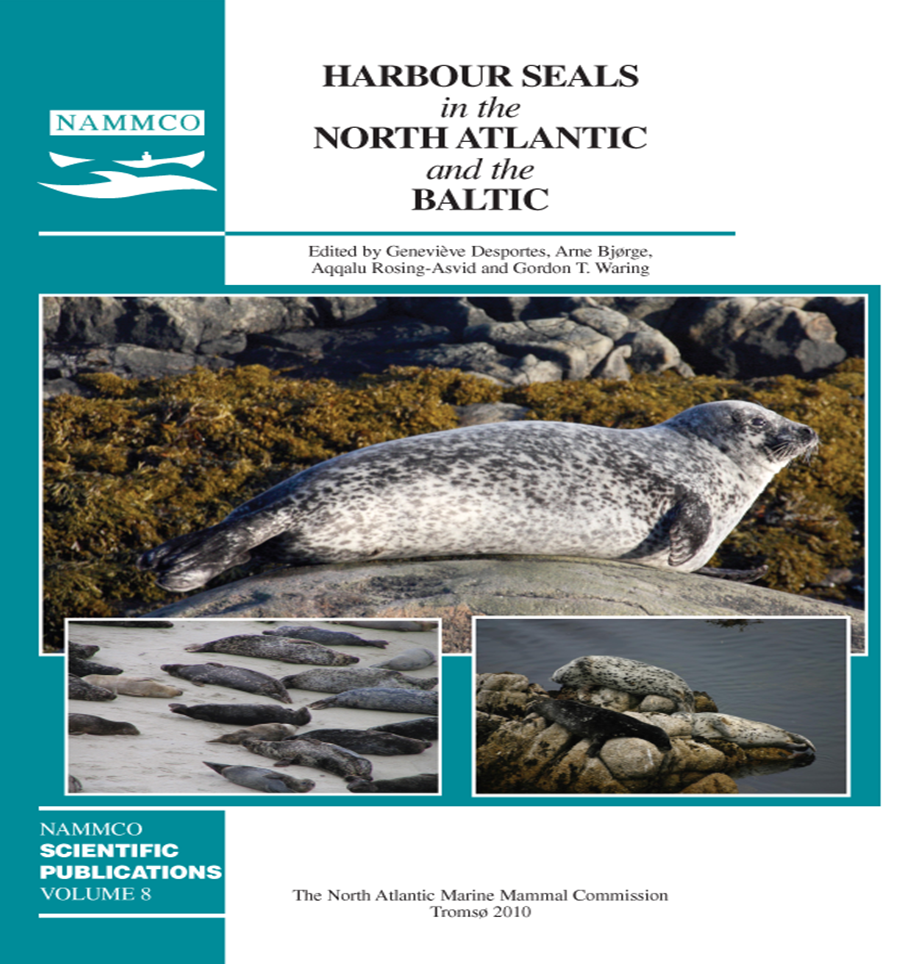Age determination methods in harbour seals (Phoca vitulina) with a review of methods applicable to carnivores
DOI:
https://doi.org/10.7557/3.2688Keywords:
harbour seals, age determination, ageing, Growth Layer Groups, GLGs, dentine, cementAbstract
The development of age determination methods in marine mammals is reviewed with particular reference to the use of teeth Growth Layer Groups (GLGs) formed in the dentine and cement of carnivores. Using this background, practices for sampling, tooth extraction and collection, storage and different methods of preparation of teeth as well as reading and counting GLGs are discussed and evaluated for the harbour seal (Phoca vitulina). The paper includes comments on best practices for counting GLGs with new examples from known-age seals, and also a detailed examination of confounding factors in interpreting GLGs such as mineralization anomalies and the phenomena of accessory lines, “false annuli” and “paired laminae” which have not been discussed previously. The paper concludes with recommendations for undertaking age estimation in harbour seals from sampling through final GLG interpretation with special emphasis on standardization of methods with other researchers.Downloads
Published
2010-09-01
How to Cite
Lockyer, C., Mackey, B., Read, F., Härkönen, T., & Hasselmeier, I. (2010). Age determination methods in harbour seals (<i>Phoca vitulina</i>) with a review of methods applicable to carnivores. NAMMCO Scientific Publications, 8, 245–263. https://doi.org/10.7557/3.2688
Issue
Section
Articles





